Vintage Anatolian Jijim Rug 4' 1" x 10' (49" x 120")
Type:
Kilim RugsID:
K0071121Size:
Material:
Design Elements
- Overall Structure:
- The rug features a grid-like pattern, characterized by a repetitive square layout.
- Each square is filled with intricate designs, contributing to a cohesive yet dynamic appearance.
- Weaving Technique:
- Woven using the jijim technique, which involves a specific method of weaving that results in a robust yet flexible textile.
Design Elements
- Overall Structure:
- The rug features a grid-like pattern, characterized by a repetitive square layout.
- Each square is filled with intricate designs, contributing to a cohesive yet dynamic appearance.
- Weaving Technique:
- Woven using the jijim technique, which involves a specific method of weaving that results in a robust yet flexible textile.
- The jijim technique is known for its durable nature, making it ideal for everyday use.
Colors
- Primary Colors:
- Deep browns dominate the background, providing a rich and earthy foundation.
- Warm shades of red, orange, and yellow are used for the motifs, evoking a sense of vibrancy and life.
- Contrasting cream colors outline the squares, enhancing the overall design's clarity.
- Color Symbolism:
- Brown represents stability and grounding.
- Warm hues such as red symbolize warmth and passion.
- Yellow is associated with joy and optimism.
Main Motifs and Their Symbolism
- Geometric Shapes:
- The squares and rectangles provide a sense of order and balance, reinforcing concepts of stability and structure.
- Geometric motifs are symbolic of interconnectedness, reflecting the weaver's perspective of the world.
- Color Blocks:
- Each colored square represent various life elements, including nature, the seasons, or personal experiences.
- The combination of different colors speaks to the diversity of life, showcasing the beauty within unity.
- Repetitive Patterns:
- The repeated design signifies eternity and continuity, reflecting the weaver's hopes and dreams for future generations.
- Patterns are passed down through families, indicating lineage and heritage.
Summary
The vintage Anatolian kilim rug woven with the jijim technique showcases a striking grid pattern with rich earthy colors and vibrant motifs. Its deep browns, reds, oranges, and yellows create a lively aesthetic, grounded by the meanings these colors convey. The geometric shapes and repetitive patterns symbolize stability, interconnectedness, and the continuity of life and heritage. This rug is not just a visual delight but also a narrative of cultural significance and familial bonds.
- Ships in 1-4 business days
- Only one in stock, handmade, unique
- Free shipping via FedEx Express. Easy returns
- Contact us or add a note to your order if you want us to delay your shipping.
- Request more info if you want this rug shorter or narrower
Colors may appear slightly different across various monitors due to screen settings device differences, and external lighting conditions. If color accuracy is important for your space, we recommend viewing the rug on multiple devices or contacting us for a detailed color description. We can provide detailed photos and references using Sherwin-Williams, Benjamin Moore, Pantone, or even Crayola crayons.
You can also visualize most of our products in your own room with AR (augmented reality) on an iPhone or iPad.
Return Policy
Need a rug pad? We recommend RugPadUSA
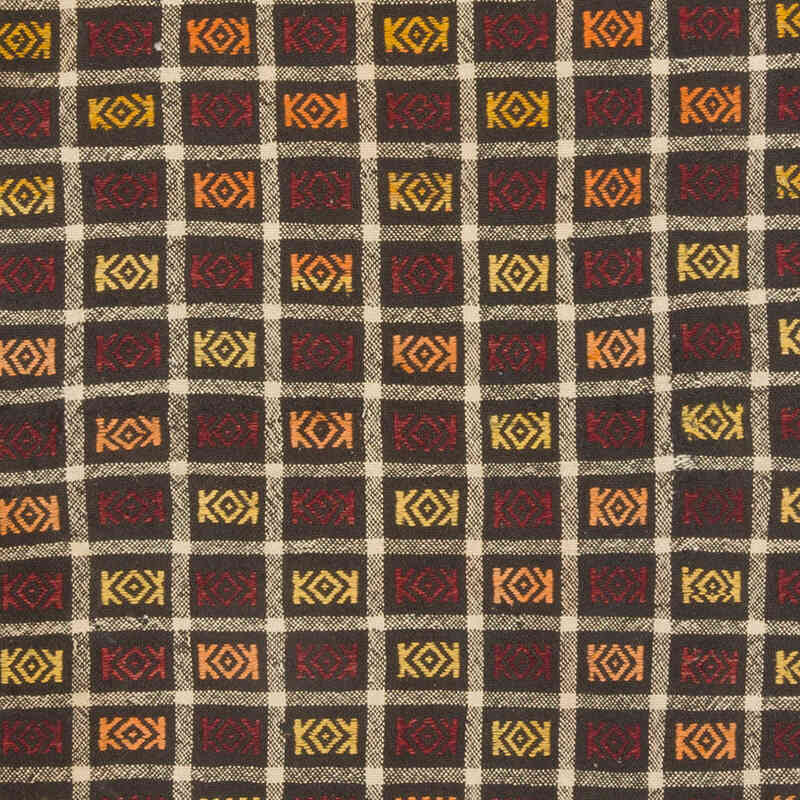
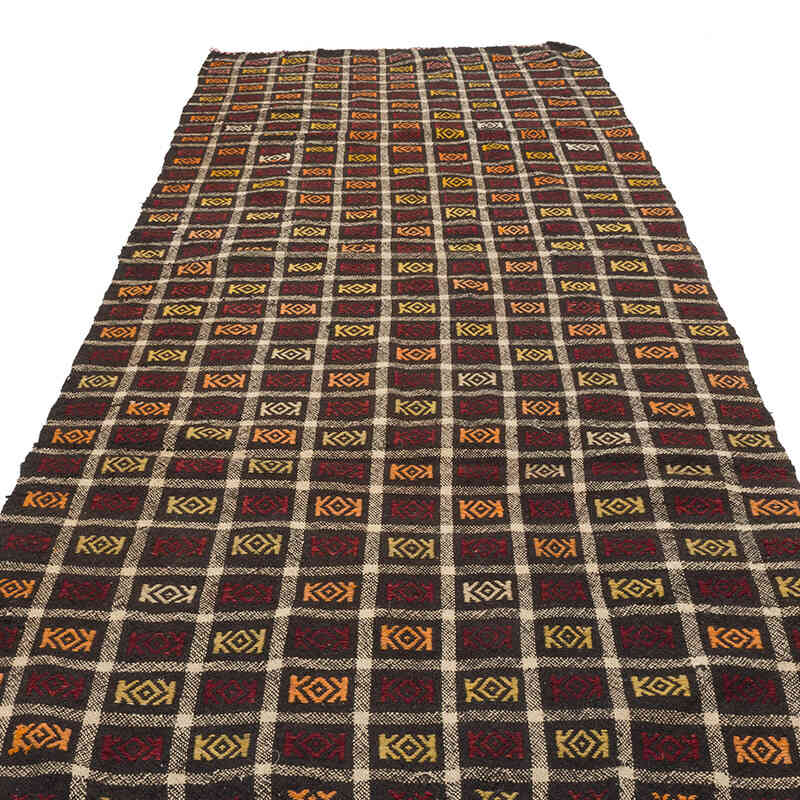
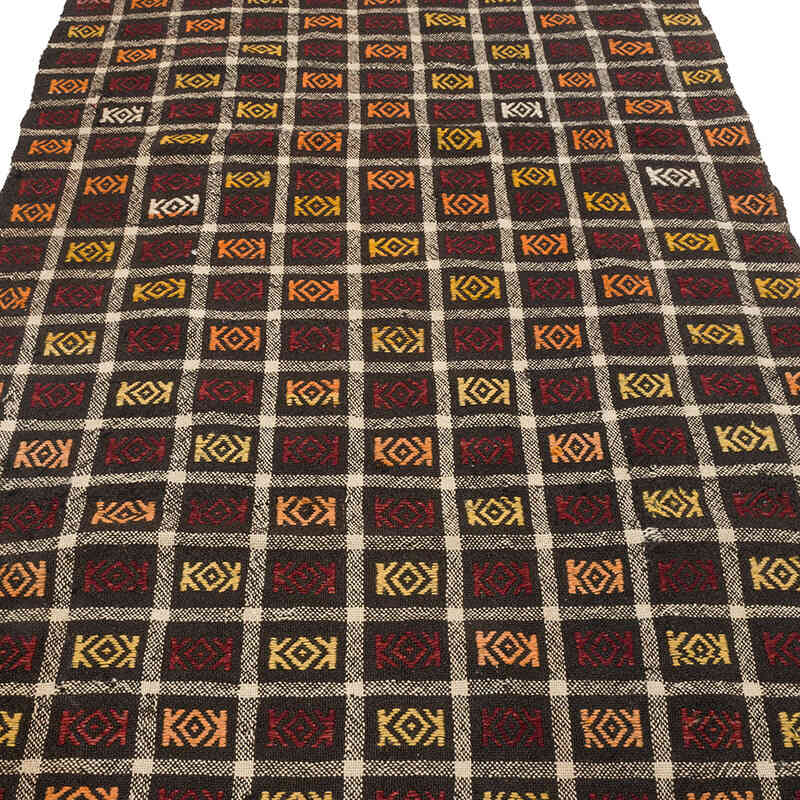
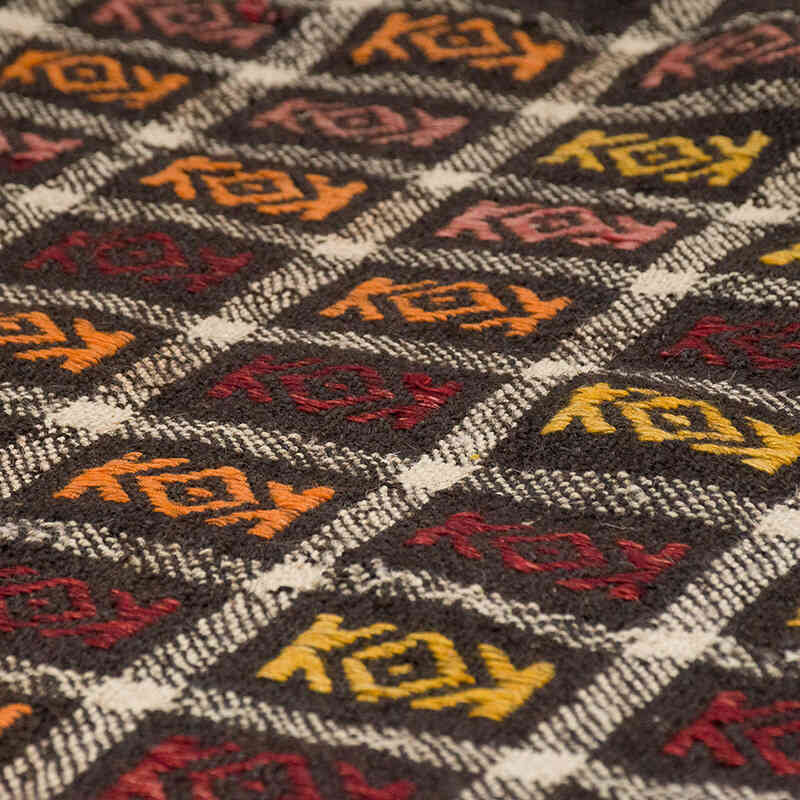
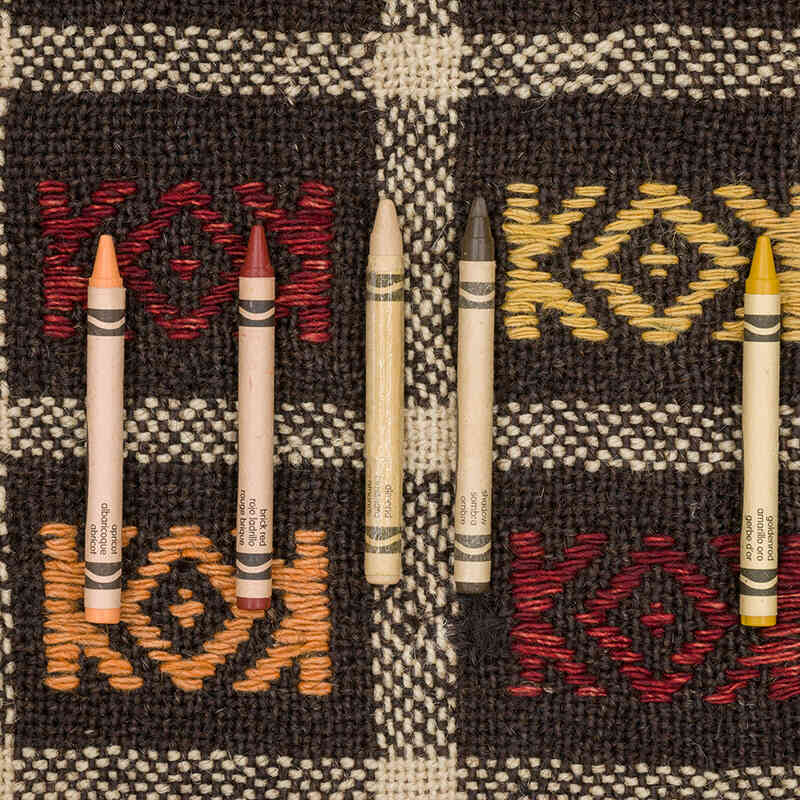

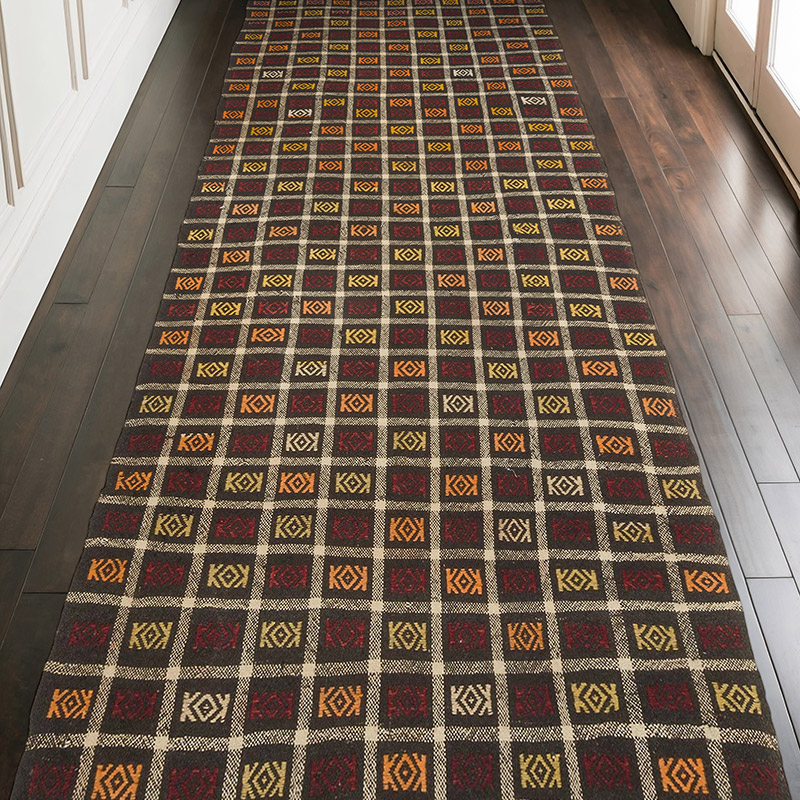
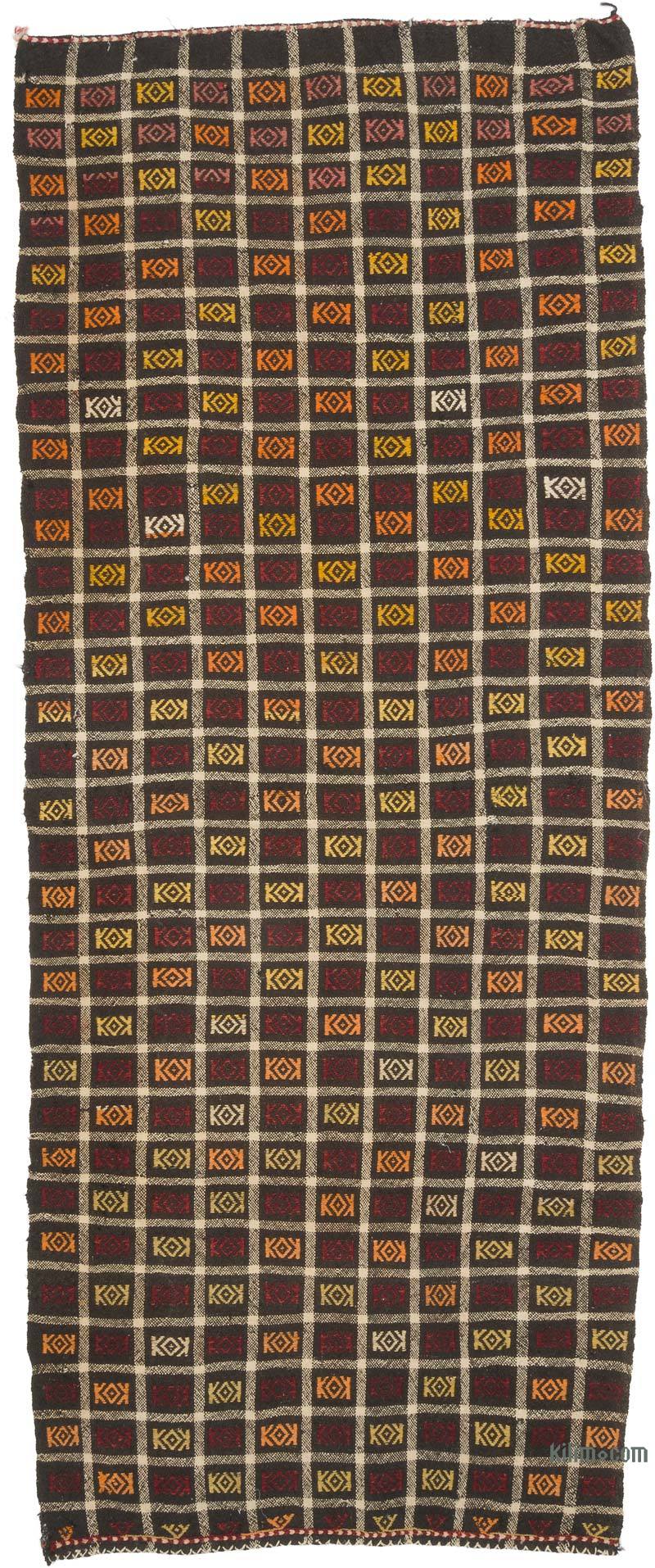
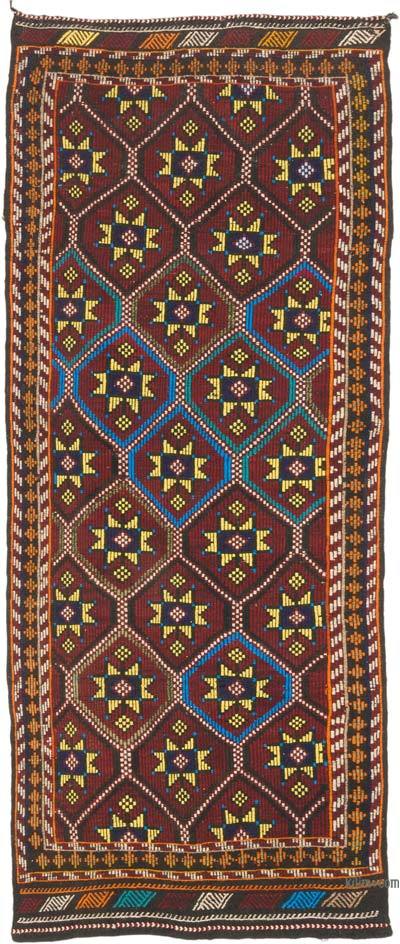

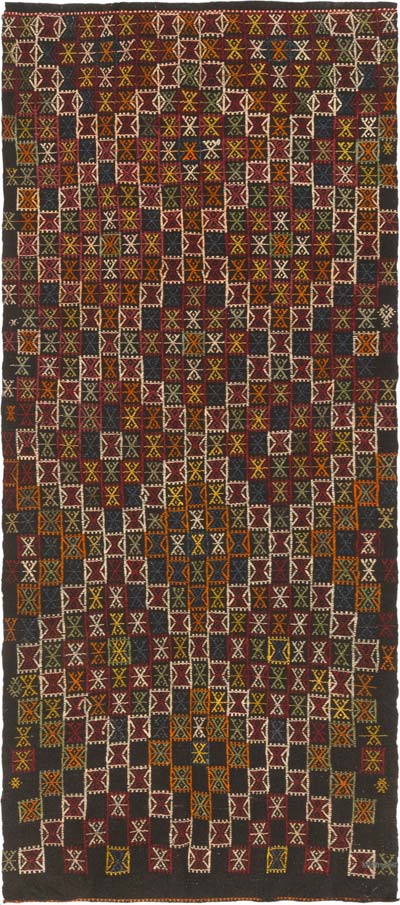

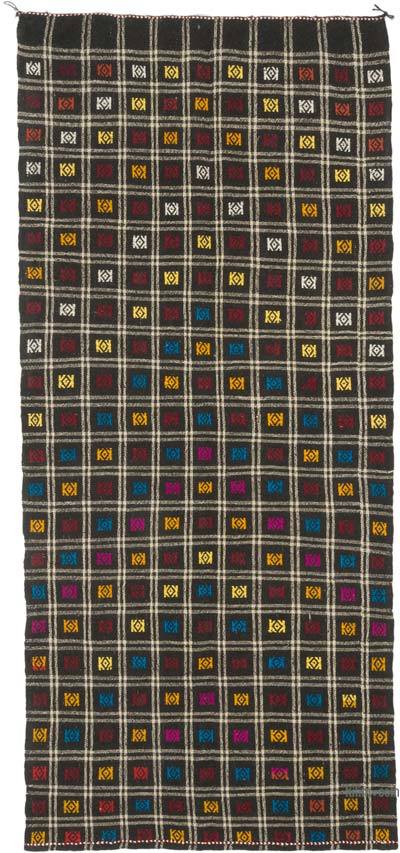
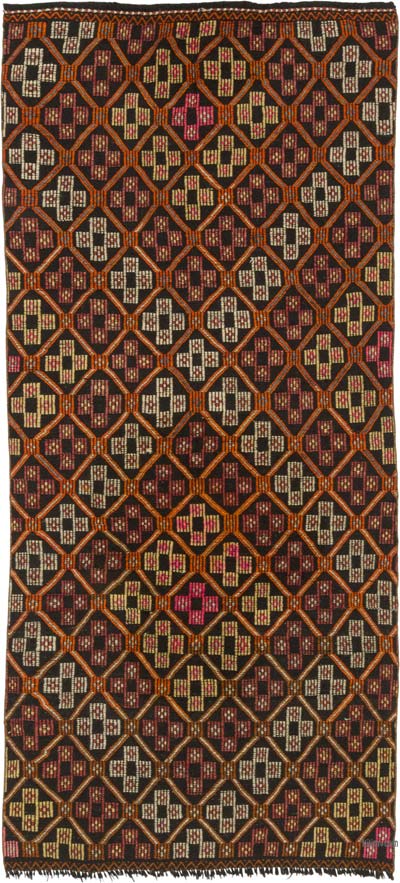






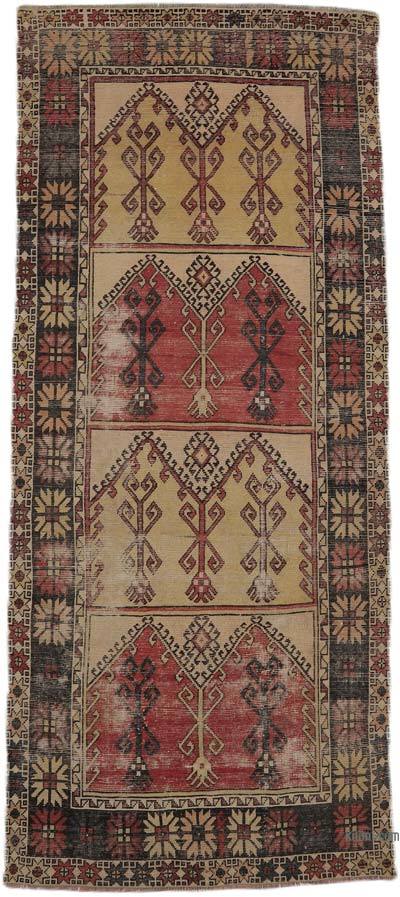

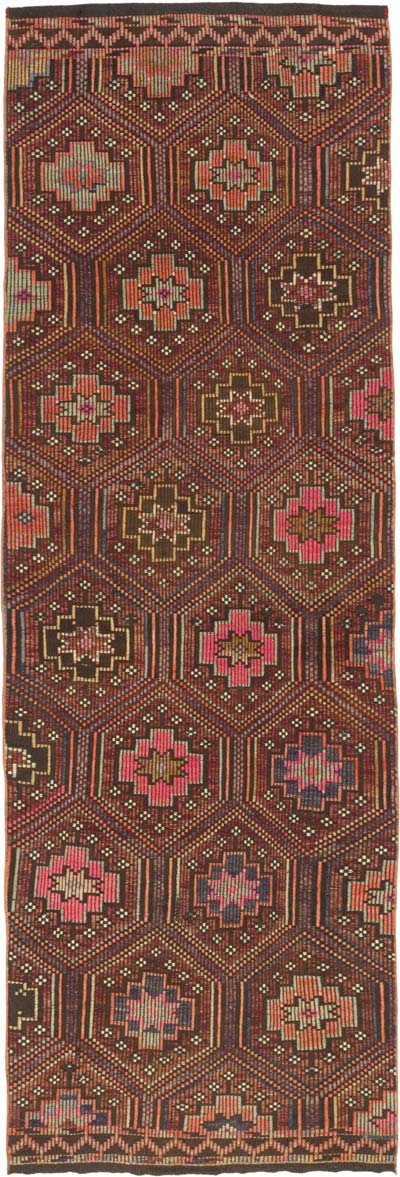
Great supplier of quality rugs!!!